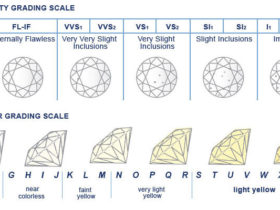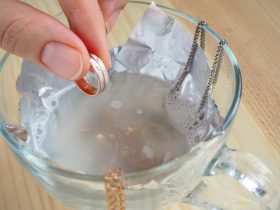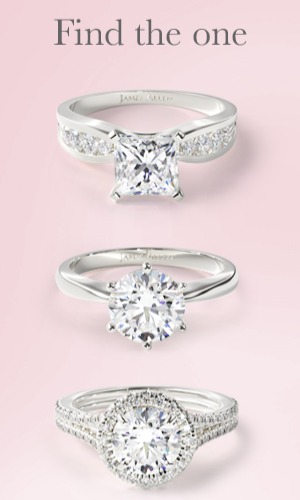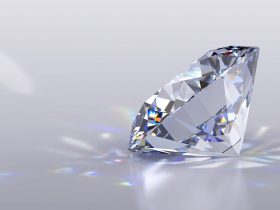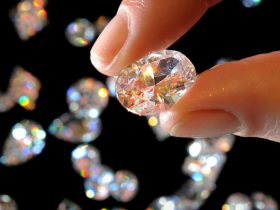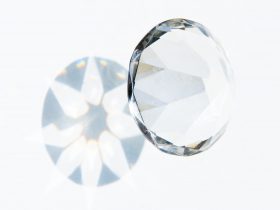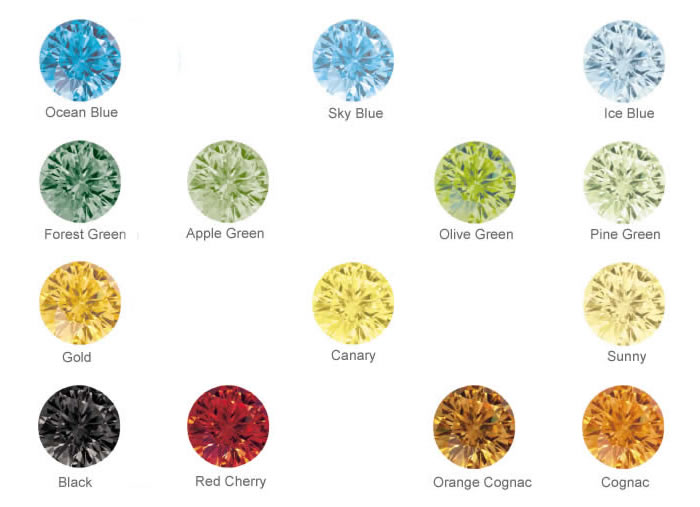 So what makes fancy colored diamonds so special? Why have they been skyrocketing in popularity over the last few years? There are very specific qualities and facts surrounding fancy colored diamonds that make them such attention-grabbers. Understanding what these qualities are can help you find excellent deals, avoid bad ones and overall, understand a bit more about these beautiful gemstones that have people so interested.
So what makes fancy colored diamonds so special? Why have they been skyrocketing in popularity over the last few years? There are very specific qualities and facts surrounding fancy colored diamonds that make them such attention-grabbers. Understanding what these qualities are can help you find excellent deals, avoid bad ones and overall, understand a bit more about these beautiful gemstones that have people so interested.
1. They are naturally occurring beauties
A naturally occurring fancy colored diamond is certainly a sight to behold, and they happen to be pretty rare. The processes that these diamonds undergo, and the conditions in which they receive their colors are very specific. They are in very high demand due to their rarity and natural beauty, and should not be confused with synthetically colored diamonds, which tend to be cheaper but are obviously much easier to find.
2. How do they get their color?
In most cases a fancy colored diamond gets its color from exposure to various levels of radiation during the actual creation process of the stone. There are also typically trace elements that are found to be present in these fancy gemstones like boron and nitrogen. Different elements have different effects on the resulting color of the diamond.
3. How are these types of diamonds graded?
There are two primary factors that go into the grading of fancy colored diamonds. The first and most important factor of the grading process is the hue of the stone. There are 27 different hues that laboratories look at, spanning a very large spectrum of colors relevant to gems and diamonds. The second factor is concerned with the diamond’s color intensity. Fancy colored diamonds are graded to determine the strength of the diamond’s specific color, ranging from faint, to fancy, to fancy vivid.
4. The size of the diamond
Due to their rarity, size has a much greater effect on the price of the diamond. Great care is required when extracting and treating these diamonds so as not to damage them, and naturally the price tends to hike up.
5. What are the most popular shapes?
To take advantage of their natural color and beauty, fancy colored diamonds are usually cut into shapes that compliment said qualities. The most common shapes would be ovals, cushion shapes, various pear shapes, and even radiant shapes.
6. Which countries do they come from?
For the most part, Africa is the central supplier of fancy colored diamonds, but there are some other countries such as India, Russia, Brazil and even Australia that supply fancy diamonds.
7. Which colors are the most affordable?
The brown and yellow colored diamonds tend to be the most affordable, as they are the most commonly found. Other colors like red, purple, orange, blue, green and even pink tend to be far more expensive and harder to find.
8. Is clarity important for fancy colored diamonds?
Clarity is not as great of a factor in determining the value of a fancy diamond as it is with a regular, colorless diamond. The color of the diamond and its intensity level tend to be more important.
9. Can these diamonds be considered flawed?
While diamonds are usually expected to be colorless, flawed is certainly not the term for fancy diamonds. In fact, flaws tend to do more for the value of a fancy colored diamond than a normal one. What also adds a little bit of flavor to the
diamond are inclusions. These natural flaws that are found in the internal structure of the diamond serve to add certain unique flashes and tones.
10. What kind of prices can you expect?
Most natural fancy colored diamonds, particularly the more common ones such as fancy yellow diamonds are in the four to five figure range. Again it depends a lot on the color of the diamond, which helps determine its overall rarity.

